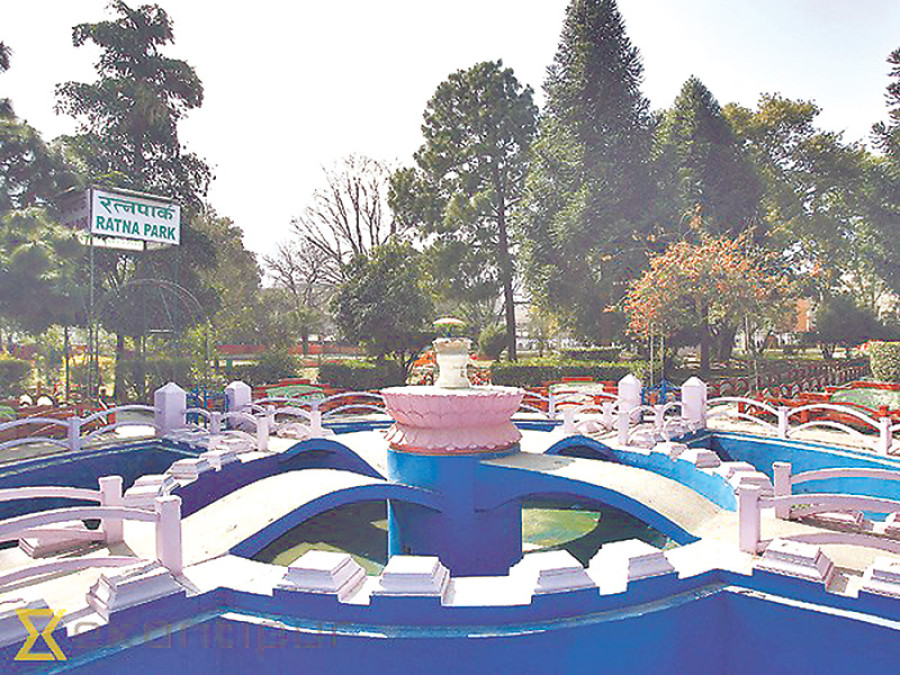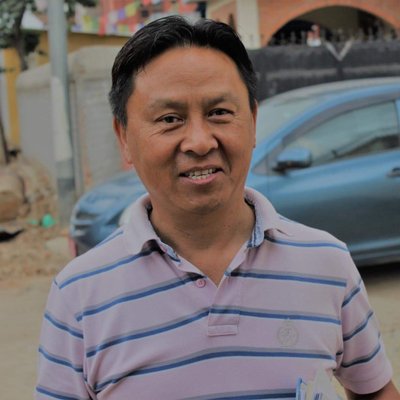Opinion
Parks and recreation
The government needs to pay serious attention to the public parks and urban landscaping
Umed Pun
Public parks are an integral part of modern cities. However, most of the parks in the Valley wear a deserted look. What’s more, while the population of Kathmandu has increased drastically in the last couple of decades, the last big park project was launched about 20 years ago. And is still incomplete.
The first public park in Kathmandu—Bhugol Park in New Road—was established in 1934 and served as a temporary shelter during the catastrophic earthquake of 1934. But unfortunately, come today, both the size and the beauty of the park have been significantly reduced. This is perhaps because of the lack of a proper policy regarding the public parks and urban landscape plan. In the recent time, encroachment of Balaju Park for road expansion has reduced some area of the park. Had there been policy regarding public parks, such encroachment could have been totally discouraged.
In dire straits
The total area under public parks within Kathmandu Valley is only 4,486 ropanis. All the big public parks were established during the Panchyat regime. Those established after democracy in 1990 are small in sizes. Taking into account all of them, the total area occupied by the parks built post 1990 is about 30 ropanis, if the UN park, which is still incomplete is excluded (1,576 ropanis). Sprawling across 650 ropanis, the only big park project that is under construction since last one decade is the Peace and Martyrs Park, Gokarna. Its construction began in 2007 and was expected to be completed by 2015. But even until now, it is uncertain when will the project be complete. Recently the Pashupati Area Development Trust publicly announced that they will establish a public park, comprising 1,200 ropanis of land, in the vicinity of Pasupati area.
Public parks are a necessity in all urban township. Having parks, green spaces, and recreational areas, though often overlooked, are critical to the wellbeing of the urban community. Serving scores of different services like providing a space for families and friends to connect to contributing to a healthier, cleaner, environment, city parks are a tool for revitalisation. But if we look at the current situation regarding maintenance and expansion of parks, the per capita space is reducing fast. Landscaping business is said to have grown from a mere Rs2.5 million to more than Rs238 million in 25 years. This quantum increase can be attributed to landscaping in corporate houses, private homes and housing colonies. Yet, interestingly there is no provision of landscaping in government planned projects such as roads, highways, office buildings, hospitals, educational institutions or industrial areas.
A survey was conducted to study public parks in Kathmandu in 2009. Four parks were chosen for the purpose which reviewed aspects such as overall appearance, plant diversity, staff placement and opinions of the park visitors. The study found that smaller parks had more problem than the bigger ones. People were happier in bigger parks, especially in Balaju Park, as compared to others. In Sankha Park, understaffing and less plant diversity was a matter of concern. All those parks were under Kathmandu Metropolitan City (KMC). None of the parks had a position of horticulturist, which is a must for any park. That can change the appearance and environment of the parks immediately. Therefore, KMC or other local units needs to create horticulture section in its environment division and hire horticulturists. It should also set up big plant nurseries in its parks to replenish plants within the park and across the city. That way, cities can go on a greening drive in a very cost effective way. Metropolitans in South Asia such as New Delhi have horticulture division, which supervises landscaping and also production of ornamentals and flowers for the city.
Urban landscape policy
Nepal lacks urban landscape policy and therefore there is no systematic development in this vital sector. Some years back the Valley saw a huge change in the road sector. Many houses were demolished owing to road expansion. With the houses many trees were felled, too. Granted, the road expansion drive helped ease the traffic to some extent, but it has made the city look like a concrete jungle. The trees that were felled in the preocees were decades old and were an oasis in the asphalt jungle of Kathmandu. It provided shade to the pedestrian, having green plants around were easing on the eyes, and they absorbed dusts. But now that the grown up trees are gone, what is next? There seems to be no proper plan in place to compensate for the damage done. From who will plant the trees to their size, to designing plantation—the urban landscape policy must carefully considere all these.
In 2012, KMC declared that the city officials are quite serious about greening Kathmandu. in fact, for approval of a residential building completion certificate, two plants need to be planted. They went to the extent of suggesting names of plants that need to be either planted in ground or potted. While this was a good initiative, private home owners or private offices were already practicing it. A better and effective option would be for KMC to begin categorising parks, hotels, private residences, schools, hospitals, government offices etc and award the best in each category on an annual basis. This could include even government ministries, ministers’ quarters, government departments etc. Further, KMC can collaborate with Floriculture Association of Nepal, Nepal Horticulture Society and Floriculture Development Center for technical support and guidance.
The government needs to pay serious attention to the public parks and urban landscaping because Nepal is a tourist destination and they will hate to see the way we have messed up Kathmandu.
Pun is an Ornamental Horticulturist and a Central Committee member of Bibeksheel Sajha Party. He can be reached at [email protected].




 7.12°C Kathmandu
7.12°C Kathmandu










